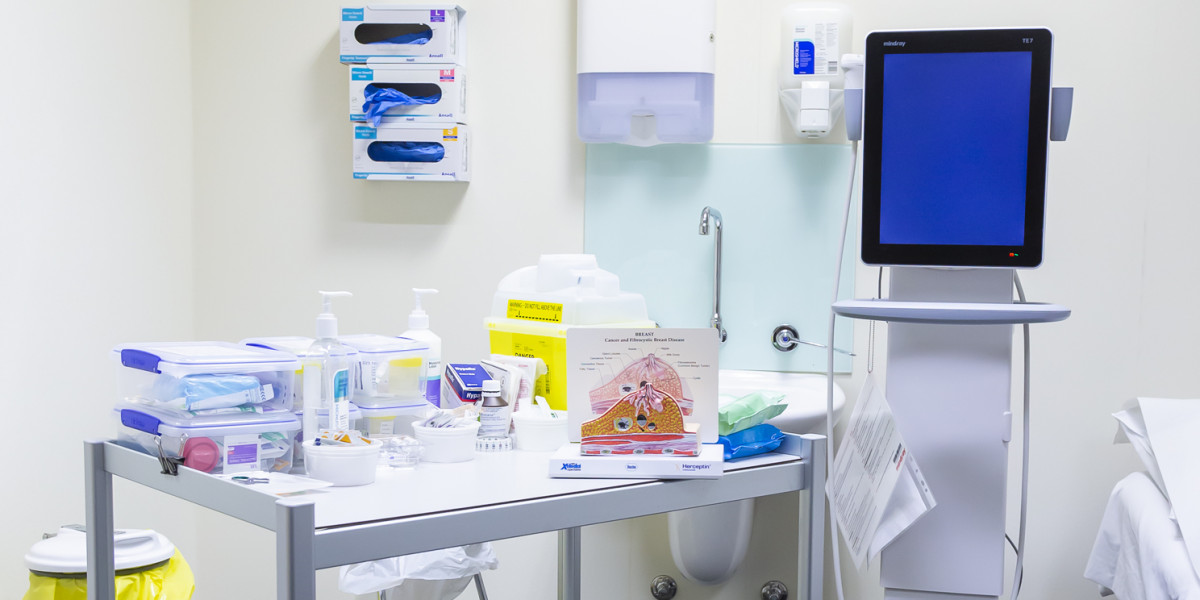The National Screening Unit (NSU), the Cancer Society of New Zealand, The New Zealand Breast Cancer Foundation and The New Zealand Branch of the Royal Australian and New Zealand College of Radiologists (RANZCR) do not support the use of thermography for breast cancer screening or a diagnostic tool.
Clinical thermography is the recording of heat distribution in order to form an image (a thermogram) of the temperature distribution on the surface of the body.
Thermography has been used in medicine since the 1960s and has been promoted as a tool in the early detection of breast cancer. Whilst not well understood, the underlying mechanisms for the raised temperature of a breast cancer include increased tumour metabolism and elevated blood flow. The detection of cancer is based on differences in temperature distribution compared with the other breast.
Thermography has been promoted as particularly useful in the detection of abnormalities in women aged 30–50 years, women with small breasts and women with breast implants.
To date, there has been no satisfactory, large scale, prospective, statistically valid, randomised controlled trials assessing the value of breast thermography.
To learn more, download the full position statement:

